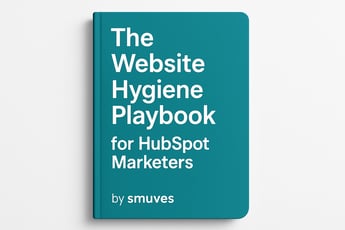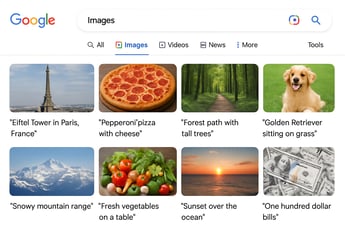The Anatomy of Good Page Metadata

When someone searches, shares, or sends a link… your page metadata is the first thing people see. Think of it like a little ad for your content. If it’s sloppy or repetitive, people scroll right past. If it’s polished and purposeful, you earn the click before the page even loads.
And metadata isn’t just for Google anymore. These little snippets show up in social feeds, messaging apps like Slack, and even in plain text messages. Metadata is your content’s first impression across the internet.
Let’s break down the anatomy of good metadata.

Title Tag: The Headline That Pulls People In
Your title tag is the bold blue headline in search results. It’s also what shows in browser tabs and social previews.
A good title tag is short enough to display fully (50–60 characters), but strong enough to stand on its own. Think clarity over cleverness. Add a keyword, yes, but write it for humans who are scanning quickly.
Meta Description: The Supporting Pitch
The description is the snippet of text under your title. It doesn’t directly boost rankings, but it heavily influences clicks.
This is where you expand on the promise of your title. Keep it under 155–160 characters. Make it a mini elevator pitch that answers: why this page, and why now?
Link: The Backbone
Your URL might seem like a throwaway detail… but it’s not. A clean, readable link adds credibility and helps search engines understand structure.
Compare these two:
- www.example.com/blog/seo-metadata-tips
- www.example.com/index.php?id=54321
One looks trustworthy and scannable. The other looks like a spam trap. Keep URLs short, descriptive, and keyword-relevant.
Media: The Visual Hook
Metadata isn’t just words. Platforms like LinkedIn, Facebook, Twitter, Slack, and even SMS pull images or thumbnails from your Open Graph and Twitter Card tags.
The right image makes your content stand out in a crowded feed. The wrong one (or none at all) makes it invisible. Always set a featured image that represents the content and looks sharp when cropped.
Working Together (Without Repeating Yourself)
Here’s the part too many sites get wrong: treating these pieces like separate tasks. They’re actually a team.
- The title is your hook
- The description is your pitch
- The link is your credibility
- The media is your visual magnet
If they all say the same bland line, you waste valuable space. Instead, let each element play its role while pointing in the same direction. Together, they tell a complete little story.
Metadata at Scale
Metadata may be small, but it has an outsized impact on SEO, AEO, and click-throughs across channels. The challenge is keeping it fresh and consistent, especially when you’ve got dozens or hundreds of pages.
That’s where Smuves comes in. With Smuves, you can bulk edit titles, descriptions, links, and media inside your HubSpot CMS… so your metadata stays polished without extra budget or time.


